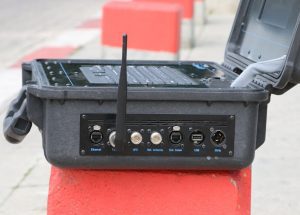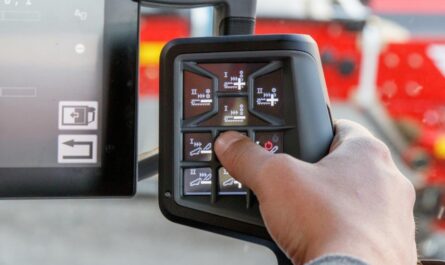
In today’s interconnected world, where mobile phones have become an integral part of our lives, concerns about privacy and security are ever-present. One device that has raised significant controversy is the IMSI (International Mobile Subscriber Identity) catcher. An IMSI catcher is a surveillance tool used to intercept and monitor mobile communications.
An IMSI catcher operates by exploiting the vulnerabilities in the cellular network infrastructure. It essentially masquerades as a legitimate cell tower, tricking nearby mobile devices into connecting to it. When a device connects, the IMSI catcher captures the device’s IMSI, a unique identifier linked to the SIM card, and other identifying information such as the International Mobile Equipment Identity (IMEI) number. By capturing this information, the IMSI catcher can effectively track the location of the targeted device and intercept its communication, including voice calls, text messages, and data transmissions.
The potential applications of IMSI catchers are diverse and can include both legitimate and illegitimate purposes. In law enforcement, IMSI catchers can be used to track and apprehend criminals, gather evidence for investigations, or locate missing persons. These devices can aid in combating serious crimes such as terrorism, drug trafficking, and organized crime. Similarly, intelligence agencies may employ IMSI catchers to gather information on potential threats to national security.
However, the use of IMSI catchers raises significant ethical and legal concerns. Privacy advocates argue that the widespread use of these devices poses a significant threat to individuals’ privacy rights. IMSI catchers have the potential to capture not only the communications of targeted individuals but also those of innocent bystanders within range. This indiscriminate collection of data raises questions about the legality and proportionality of such surveillance practices.
Another ethical concern is the lack of transparency surrounding the use of IMSI catchers. The secretive nature of their deployment, often without the knowledge or consent of the individuals being monitored, raises concerns about accountability and due process. Critics argue that the use of IMSI catchers should be subject to strict oversight, judicial authorization, and clear guidelines to ensure their targeted and lawful use.
The IMSI Catcher Market has emerged as a significant segment within the telecommunications and surveillance industries. IMSI Catchers, also known as Stingrays, are powerful surveillance devices that impersonate legitimate cell towers to intercept mobile signals. As concerns over national security and public safety continue to grow, the demand for IMSI Catchers has surged among law enforcement agencies, government organizations, and intelligence services. These devices offer capabilities such as tracking suspects, gathering intelligence, and conducting targeted surveillance. However, the proliferation of IMSI Catchers has also raised concerns over potential misuse and invasion of privacy, prompting a balance between security needs and individual liberties.
Moreover, IMSI catchers can undermine the security and integrity of the cellular network infrastructure. As these devices exploit vulnerabilities in the network, they can potentially be used by malicious actors for nefarious purposes. Unauthorized use of IMSI catchers can lead to unauthorized access to sensitive information, including personal data, financial details, and corporate secrets. This highlights the need for robust security measures and ongoing efforts to strengthen the resilience of the cellular network infrastructure.
To address these concerns, regulatory frameworks, and legal safeguards are being developed to govern the use of IMSI catchers. Countries vary in their approach to the use of these devices, with some requiring strict judicial oversight and authorization, while others have more relaxed regulations. Striking a balance between the need for public safety and individual privacy remains a complex challenge.
Technological advancements have also prompted countermeasures against IMSI catchers. Mobile phone manufacturers and network operators are continually working to enhance the security of their devices and networks, making it more difficult for IMSI catchers to operate effectively. Encryption protocols, improved authentication mechanisms, and detection systems are being developed to mitigate the risks associated with these surveillance tools.
As the industrial sector continues to expand the demand is expected to grow further and drive the growth of Shared Services Market in the Asia Pacific region.
Mobile encryption refers to the process of encoding data transmitted or stored on mobile devices to protect it from unauthorized access, interception, or manipulation. It involves converting plaintext information into ciphertext using encryption algorithms, making the data unreadable and useless to anyone without the appropriate decryption key. Encryption plays a crucial role in safeguarding sensitive information on mobile devices, such as smartphones and tablets. With the increasing reliance on mobile technology for communication, financial transactions, and personal data storage, ensuring the security and confidentiality of this data has become a paramount concern.



